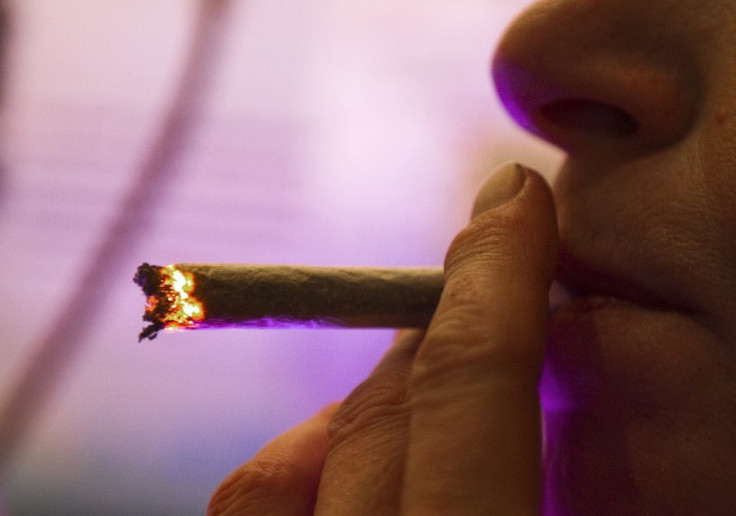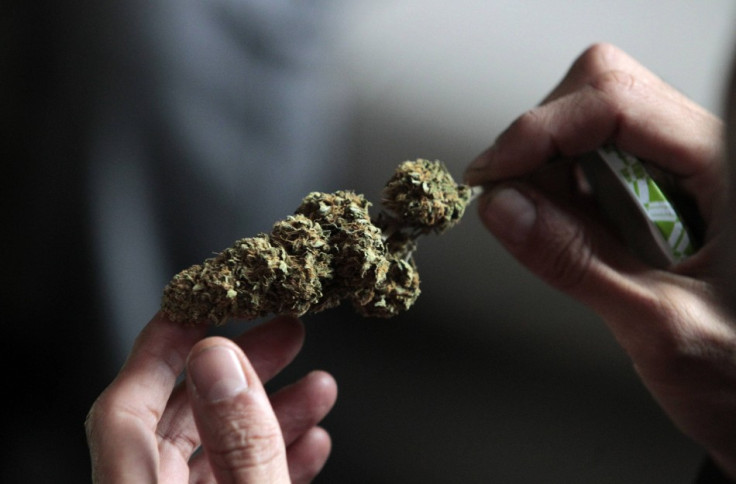Smoking Marijuana Alters Size and Shape of Young Men's Sperm

Cannabis use alters the size and shape of sperm in young males, a study has found.
Published in the journal Human Reproduction, researchers from the University of Sheffield looked at sperm samples of 2,249 men from 14 fertility clinics from around the UK, making it the world's largest study of how lifestyle influences sperm.
They were asked to fill out questionnaires about their medical history of lifestyle. Of the samples, sperm morphology information was available for 1,970 men. Of these, 318 had sperm where less than 4% was the normal size and shape. A further 1,652 had normal sperm.
Findings showed that men who had abnormal sperm were twice as likely to have used cannabis in the three months before ejaculation. They were also more likely to be younger than 30 and to have produced a sample in the summer.

Previous research has suggested sperm with poor morphology swim less well because of their inefficient shape, and that only sperm with good morphology can pass into a woman's body to fertilise the egg.
Lead author Allan Pacey said: "Our knowledge of factors that influence sperm size and shape is very limited, yet faced with a diagnosis of poor sperm morphology, many men are concerned to try and identify any factors in their lifestyle that could be causing this.
"It is therefore reassuring to find that there are very few identifiable risks, although our data suggests that cannabis users might be advised to stop using the drug if they are planning to try and start a family."
Commenting on a companion paper, Nicola Cherry, an epidemiologist from University of Alberta, said: "In addition to cannabis exposure shown in this paper, we also know that men exposed to paint strippers and lead are also at risk of having sperm with poor morphology."
The study did not find any association between sperm size and shape or other lifestyle factors such as smoking cigarettes or alcohol consumption. However researchers said it could be possible that these factors correlate with aspects of sperm not measured, such as DNA quality.
© Copyright IBTimes 2024. All rights reserved.






